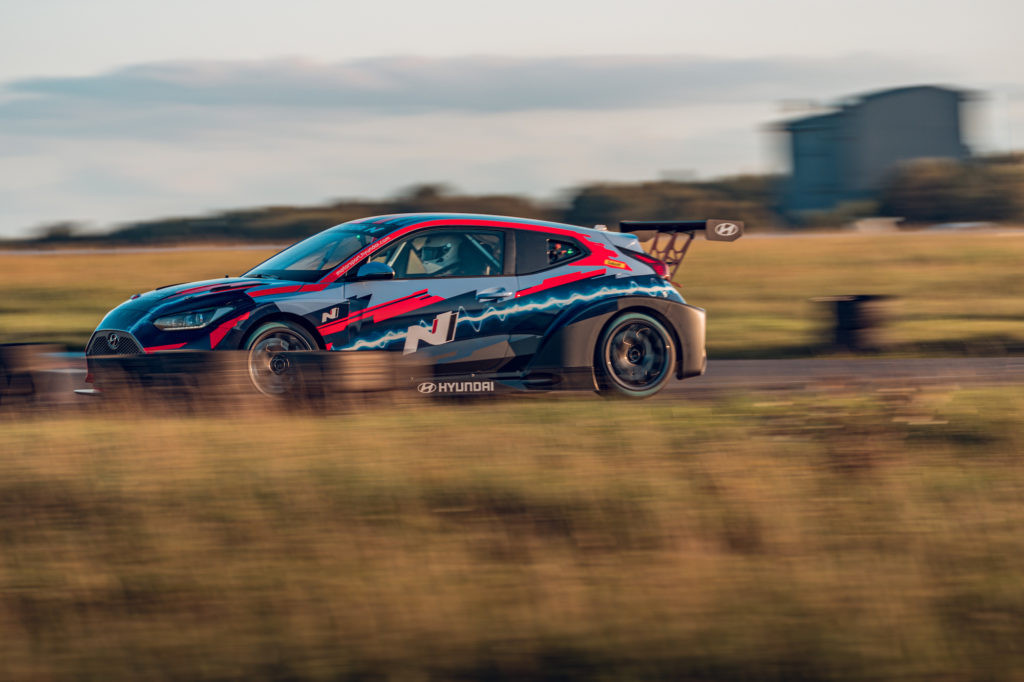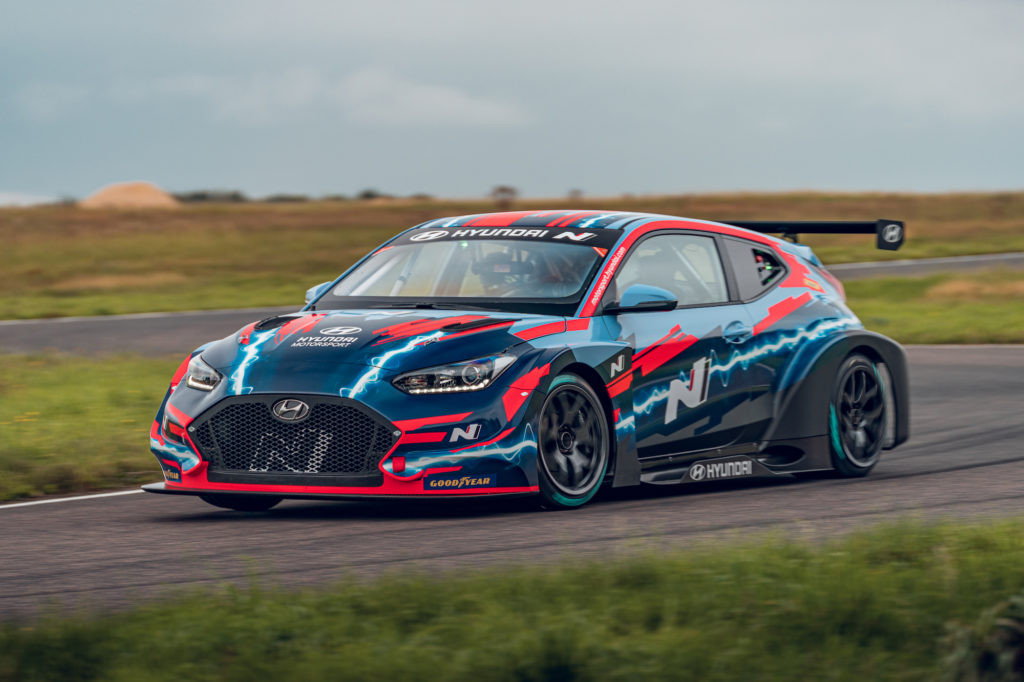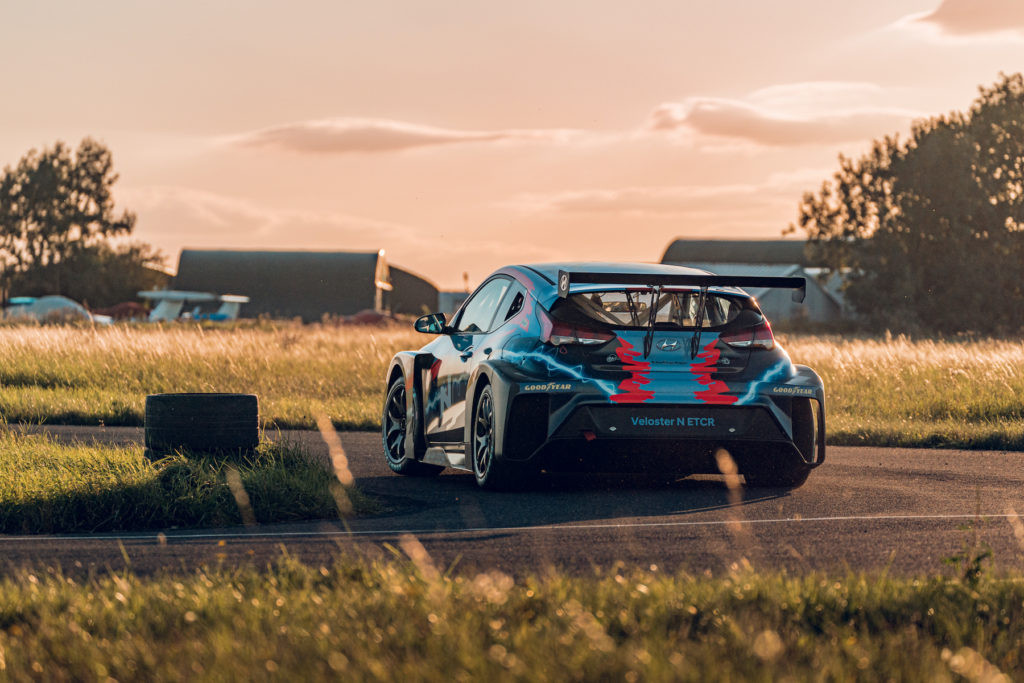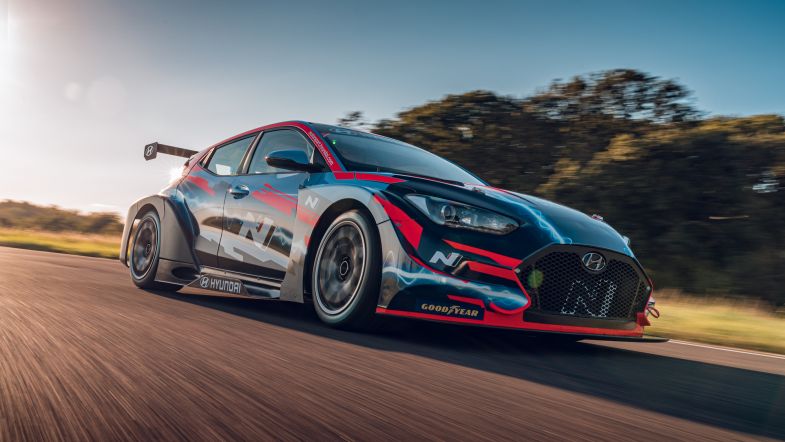Hyundai Veloster N ETCR completes shakedown after systems integration
Hyundai Motorsport has been able to complete a shakedown of the new Veloster N ETCR car after the integration of battery and electrical systems alongside Williams Advanced Engineering.
After delays caused by the COVID-19 pandemic, the car spent four days at the WAE workshop for the installation of the battery and work on a range of different electrical components – which included connection and testing of the various looms, software updates and module calibration.
The integration was performed with the help of an ETCR lab-car built by WAE, which was used to replicate and resolve any issues that may possibly occur during the race car integration process.
The car then completed more than 300km of running at Great Tew test track as part of a dynamic shakedown, where the special high voltage systems were signed off before a range on track activities took place – including work on the push to pass, calibration of the throttle pedal and tests of the special E-stop safety system.
Work was also carried out to rest the rapid charging systems that will be used by the series.
“As a result of COVID, it has been a long wait, but we are finally able to move ahead,” Maurício Slaviero, head of the ETCR project for the WSC Group said: “We are delighted that the integration of the Hyundai Veloster N ETCR, the very first car, was successfully completed which enables us to follow the integration process with the Alfa Romeo and the CUPRA between the end of October and beginning of November.
“The MG is expected to be completed by early December and these are the cars that will be submitted for the homologation procedure. Once completed, each manufacturer will be able to produce individual racing cars for the different championships.”
Alec Patterson, ETCR Senior programme manager at WAE, was also pleased with a positive first run for the car.
“We are delighted that the physical testing phase of the programme with the Hyundai Veloster N ETCR has gone so well, which validates all the preparation work the engineers completed in the digital environment and on the electrical lab car beforehand,” he said.
“The teams now head to Italy for further track testing, allowing them to correlate their analysis tools in a simulated race environment, optimising all the electrical systems prior to final delivery of the batteries for the start of the programme in 2021.”












